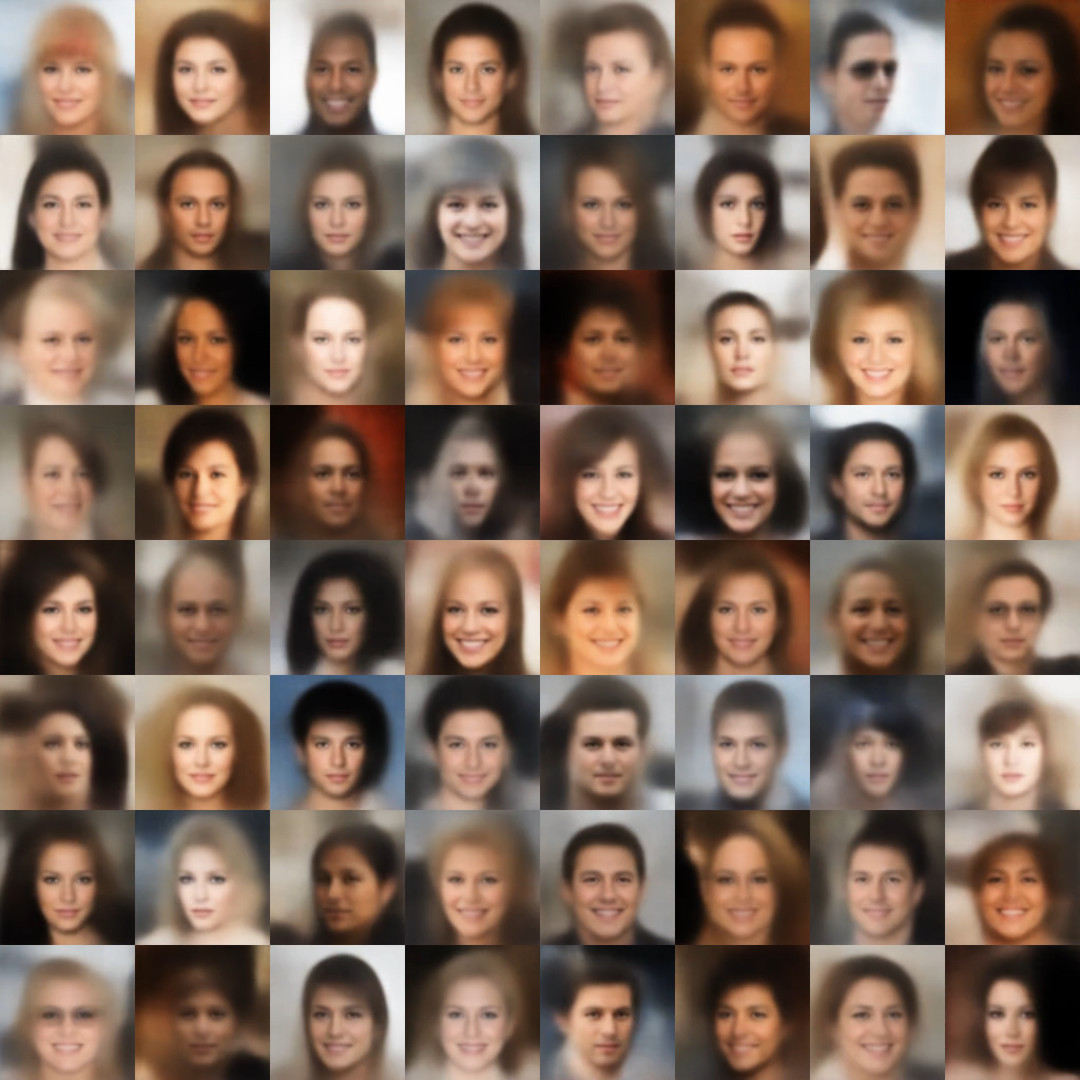Article written for CIAC AI MTL magazine, Issue 3 – 15 April, 2020

Excerpt
Over the last year, artificial intelligence has attracted unprecedented attention in the media and notably in the art world, with dozens of group exhibitions devoted to AI featuring the work of a growing roster of artists, many of which explore the aesthetic possibilities of GANs. At the same time, the art market has shown a declining interest in AI art for the moment, with the sale of Mario Klingemann’s Memories of Passersby I (2018) fetching a relatively modest $51,000 at an auction that took place at Sotheby’s in London on March, 2019. While technically superior to the Belamy portraits, this generative artwork did not fetch six figures[5], although it also used classical paintings as source material and suggested the idea of the machine (or rather, the code) as an autonomous creative agent. Despite their differences, both artworks use artificial intelligence as a tool to generate an image that intends to be interpreted as a painting, while revealing its artificial nature. In this manner, they play with the notion of the machine as an artist, which has been a subject of controversy ever since the first exhibitions of algorithmic art in the mid-1960s. The artificial neural networks are therefore used both as a tool for the production of the artwork and as a conceptual element, even if only to indicate that the image was generated by programming code and that it has never existed before. In the case of Obvious, the GAN has such a central role that the artists identified their work with “GANism,” a term introduced in 2017 by software engineer and AI researcher François Chollet in a brief tweet that read:
GANism (the specific look and feel of seemingly GAN-generated images) may yet become a significant modern art trend.[6]
It must be noted that Chollet refers to a particular aesthetic (a “look and feel”) that resembles GAN-generated images, therefore not necessarily art made using AI but that looks like the output of an artificial neural network, much in the same way as software glitches or pixelated images have been used by artists before. However, the trend he identified has been interpreted by Obvious as a full-fledged art movement that focuses on the question of whether an algorithm is capable of creativity[7]. This misunderstanding leads to considering two aspects of the use of GANs in artistic projects: on the one hand, the frequent use of Generative Adversarial Networks by artists has effectively led to an aesthetic trend that associates blurry, impossible images with AI (GANism as understood by Chollet); and on the other hand, artists often expect the use of these artificial neural networks to convey a reflection on the machine as a creator or to effectively expand the possibilities of artistic creation using AI (GANism as understood by Obvious).
Research around GANs has been focused on producing increasingly realistic, high definition images, to the point where they cannot be discerned from a real photograph, and this has caught the attention of artists who want to explore the creative possibilities of having a machine generate visual compositions on its own. Training artificial neural networks and producing high definition images, still, demands considerable computational resources, and therefore what most artists can achieve with the hardware at their disposal are semi-abstract, viscous images that remind of oil paintings, such as the Belamy portraits. In many cases, this technological limitation has been adopted as an aesthetic choice, leading to a proliferation of “GANny”[8] artworks that signal their use of artificial intelligence by producing very similar and recognizable imagery. As much as the process carried out by the system confronting two artificial neural networks is fascinating, its use alone does not justify the relevance of the artwork. Simply feeding the GAN a certain dataset and taking what comes out of it reduces its possibilities to a sort of sophisticated Photoshop filter. The output then has no other conceptual grounds than the fact that it was generated by the computer semi-autonomously, and falls back on arguments such as “the machine dreamt it” or “these are the faces of people who never existed,” which end up being shallow by repetition.
